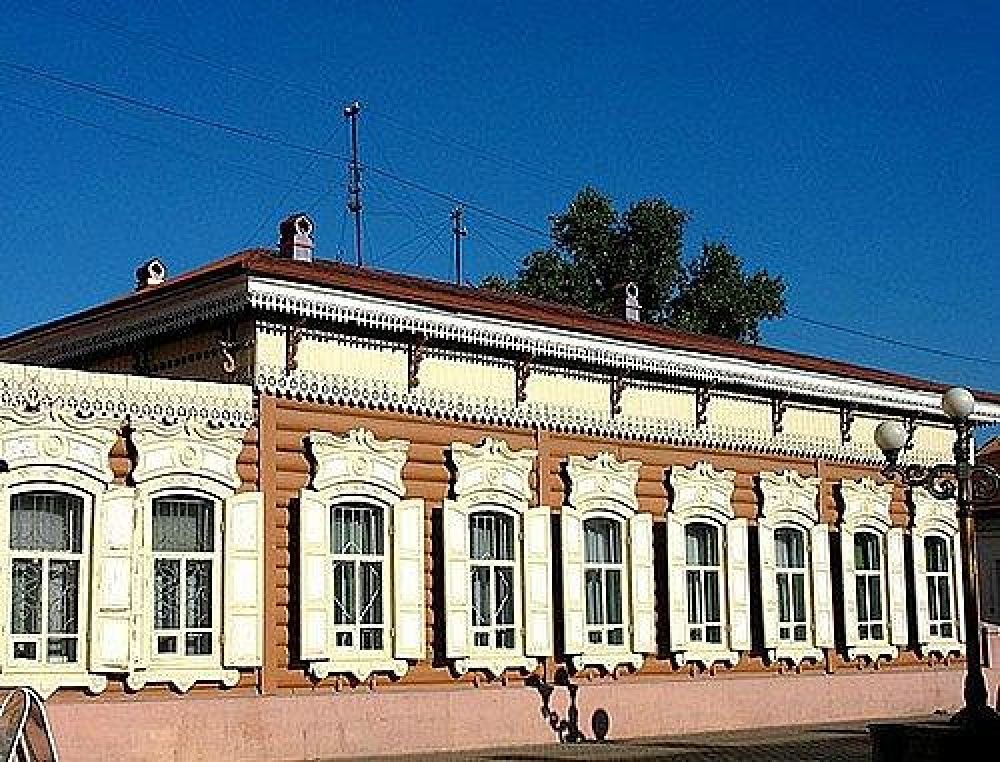

The Ulan Ude History Museum, located in the capital of the Republic of Buryatia, Russia, stands as a testament to the rich cultural and historical tapestry of the region. Ulan Ude, nestled close to Lake Baikal, is a unique destination blending Russian, Mongolian, and indigenous Buryat influences. The museum itself is a treasure trove of artefacts and exhibits that provide visitors with a comprehensive understanding of the region's past and present.
Established in the Soviet era, the Ulan Ude History Museum has been an important institution for preserving the cultural heritage of Buryatia. It is housed in one of the beautiful historical buildings of the city, which adds to the charm and experience of visiting the museum. Over the years, the museum has amassed a significant collection of objects that showcase the history of Ulan Ude from prehistoric times to the modern era.
Tourism in Ulan Ude has historically been shaped by its proximity to Lake Baikal, the deepest and one of the most pristine freshwater lakes in the world. Initially, visitors were mainly domestic travelers and researchers drawn to the natural beauty and biodiversity of the lake. However, with the opening up of Russia after the fall of the Soviet Union, the region saw an increasing number of international tourists.
The Trans-Siberian Railway, which passes through Ulan Ude, has played a significant role in the city's tourism history. As a key stop on this iconic train journey, Ulan Ude has attracted train enthusiasts and adventurers looking to explore the vast expanses of Russia.
Recent trends in tourism in Ulan Ude show a growing interest in cultural and experiential travel. Tourists are not only visiting the landmarks but are also engaging with the local culture. Interest in eco-tourism has also risen, with travelers seeking more sustainable and environmentally friendly ways to experience the region's natural beauty.
The Ulan Ude History Museum has responded to these trends by offering more interactive exhibits and programs that highlight the customs and traditions of the indigenous Buryat people, including their Buddhist heritage, which is an important aspect of the area's cultural identity. Through these engagements, the museum provides a deeper understanding and appreciation for the rich history of Ulan Ude and its surroundings.
To accommodate a more connected and mobile-savvy audience, the Ulan Ude History Museum has also embraced digital tours and online archives, making it possible for tourists to engage with their collections virtually.
When planning a visit to the Ulan Ude History Museum, travelers are advised to check for any temporary exhibits or special events that can provide an even richer museum-going experience. The museum is typically open throughout the week, but it is always best to confirm the opening hours in advance.
In summary, the Ulan Ude History Museum is a cornerstone of the city's tourism and offers visitors an insightful look into the area's multifaceted background. As tourism evolves, the museum continues to play a pivotal role in sharing Ulan Ude's stories with the world.